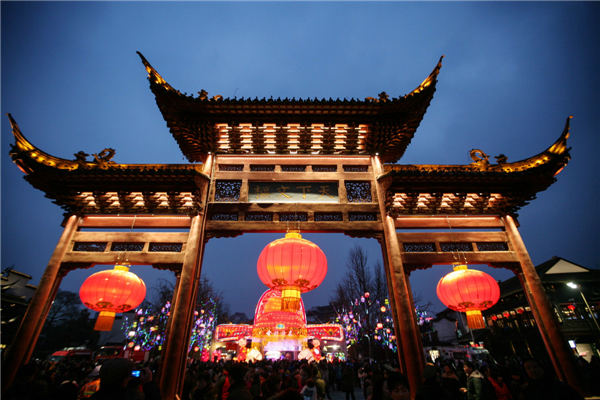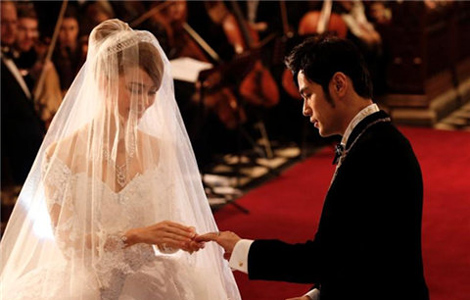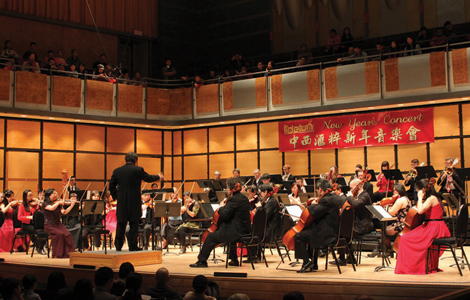A tale of two cities
Updated: 2015-01-19 07:37
By Du Xiaoying(China Daily)
|
||||||||
 |
|
[Photo/China Daily] |
Under the sun that blazes over the Piazza della Signoria, wandering visitors can refresh with whipped ice cream, a cappuccino and a rest, followed by another session of soaking up history and art, and continuing to explore the beauty of Florence's historical, political and emotional heart.
The most prominent feature of the piazza is Florence's town hall, the Palazzo Vecchio-also known as Palazzo della Signoria. It was built in the early 13th century on the site of a first-century Roman theater.
Facing the town hall is the Loggia dei Lanzi, an open-air sculpture gallery, the highlight of the square. It hosted all public ceremonies of the ancient republican government. It's a different kind of public gathering place today.
As if the sculptures in the Loggia are not eye-catching enough-they include Benvenuto Cellini's Perseus With the Head of Medusa (1554), Giambologna's The Rape of the Sabine Women and Bartolommeo Bandinelli's Hercules and Cacus (1533)-the Loggia's architecture, with its expansive arches, is itself a superb piece of art.
Several other celebrated works adorn the Piazza della Signoria. Next to the town hall's door is a copy of Michelangelo's David. The original stood there from 1504 to 1873.
Another landmark by the town hall is Bartolomeo Ammannati's Fountain of Neptune (1575).

 Trending: Tuckered out panda goes viral
Trending: Tuckered out panda goes viral
 Govt takes measures after 93 wild birds die
Govt takes measures after 93 wild birds die
 Perfect China cruises into Asia Cup quarterfinals
Perfect China cruises into Asia Cup quarterfinals
 Jay Chou, Hannah Quinlivan get married in UK
Jay Chou, Hannah Quinlivan get married in UK
 HK donor gives $1 million to NYPD officers' families
HK donor gives $1 million to NYPD officers' families
 Across Canada Jan 16
Across Canada Jan 16
 Chinese piece headlines Carnegie recital
Chinese piece headlines Carnegie recital
 Across Americas Over the Week (Jan 9-Jan 15)
Across Americas Over the Week (Jan 9-Jan 15)
Most Viewed
Editor's Picks

|

|

|

|

|

|
Today's Top News
Secret Service: Shots fired outside Bidens' home
China's civil servants to see 60% increase in salary
Hundreds of Chinese trapped by fighting in eastern Myanmar
Dec home prices fall in China
China's renewable energy use ranks top in the world
Getting overseas strategies right
HK donor gives $1 million to NYPD officers' families
Congresswoman warns of immigration scams
US Weekly

|

|








